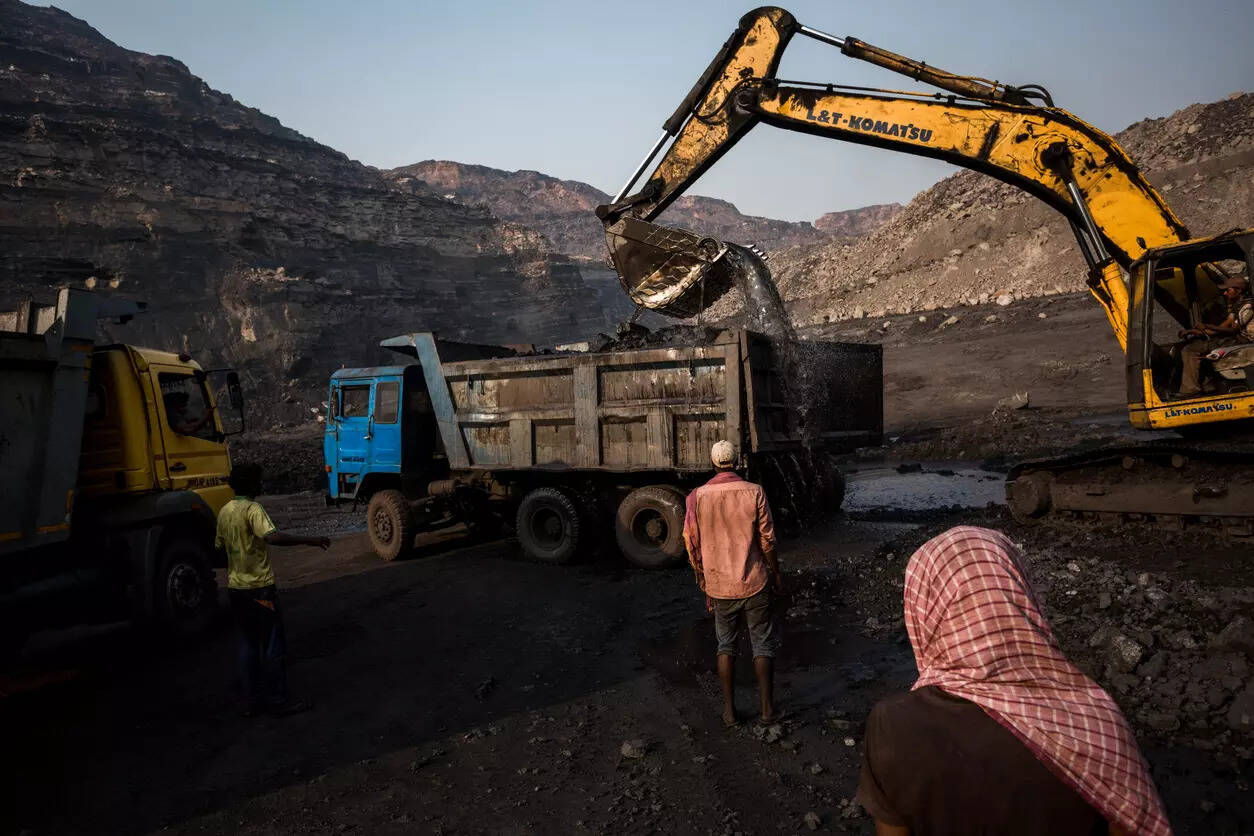
The coal ministry is aiming for total coal stock to reach at least 140 million tonnes by the end of the current financial year, coal secretary Amrit Lal Meena told ET.
This includes stock at power plants and pitheads as well as in transit. The coal stock at the end of last financial year was 125.5 million tonnes (mt).
Closing stocks at power plants are likely to be around 3-5 mt higher than last year at 38-40 mt, in anticipation of demand for summers and monsoon, he said.
“The coal sector is fully geared up for the likely enhanced demand of the power sector,” Meena said.
“We have already taken into account the projected additional requirement of coal for the thermal power sector.”
The coal stock at domestic coal-based power plants was 33.4 mt as of January 13, as compared to 29.8 mt a year ago.
Production of coal is going on as per target, Meena said, adding that the total output had already reached 724.6 mt on January 13, up around 12% from the same day last year.
The production so far in the financial year includes around 564 mt from Coal India Ltd, 52 mt from Singareni Collieries Company Ltd and 108.5 mt from captive and commercial mines.
The ministry’s target for coal production in the ongoing financial year is 1.01 billion tonnes.
There is a “comfort level” because production is on track and there is an increase in stocks at pitheads, which will continue to grow, Meena said.
As of January 13, Coal India’s pitheads had stocks at 54 mt, much above 34.87 mt on the same day last year.
The availability of rakes has improved with the coal sector currently getting over 400 rakes per day, though less than the target of 443 per day, Meena said.
Fog-related hindrances in transportation of coal have improved because of the eastern dedicated freight corridor, he added.
The corridor went on full service on the entire 1,337-km route in November. The corridor, apart from other streams, caters to transporting coal for the power plants in Uttar Pradesh, Delhi, Haryana, Punjab and parts of Rajasthan from the eastern coal fields. As trains get delayed on passenger routes in the peak winter season because of fog, having the corridor has largely eliminated the transport issues, Meena said.

